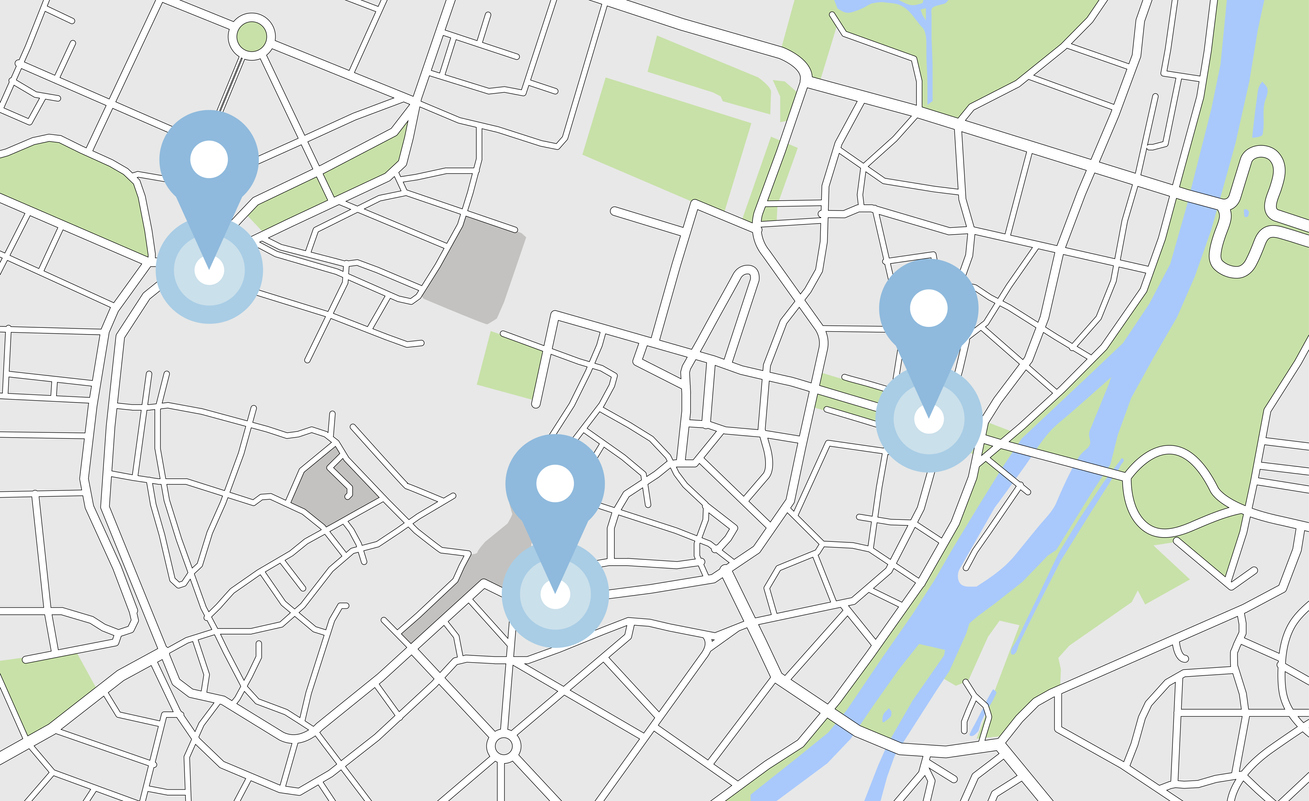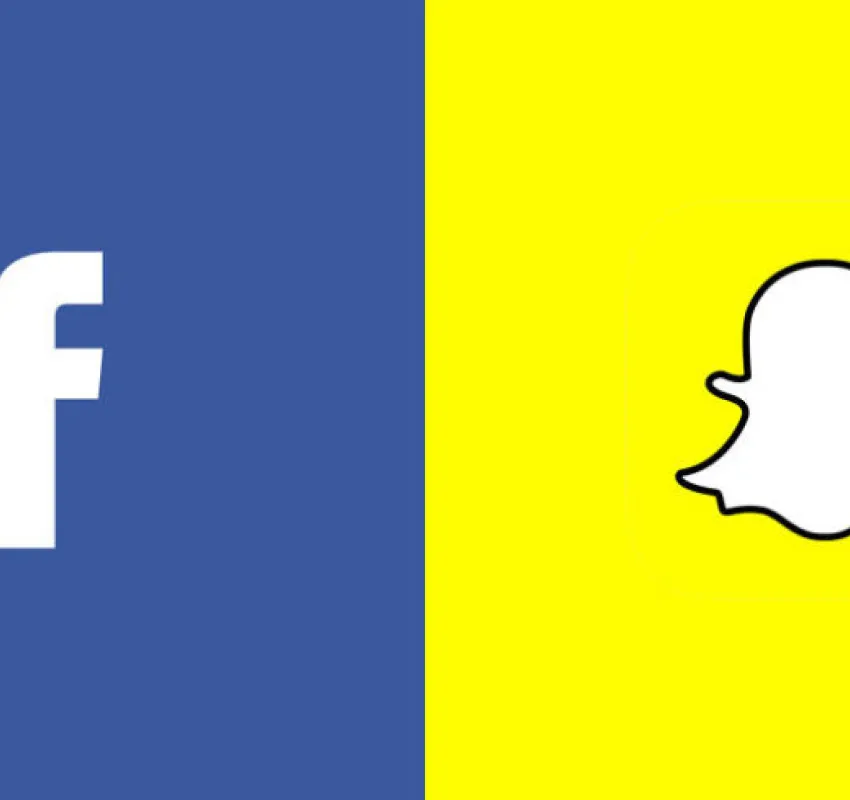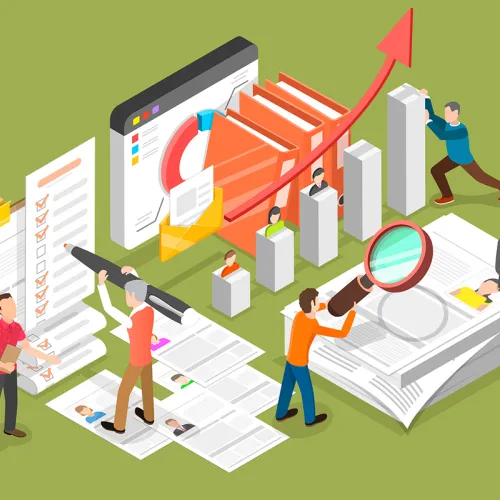Share
Mobile and proximity technology can work together and be used to find, connect and inform people of places, promotions, and even of other people’s presence in the marketplace. In addition to the GPS systems and other permission-able based ways to detect devices, sensors can also be used for proximity marketing plays.
Check out how the Meat Pack brand uses proximity to hijack customers from competing stores and get them running into their shoe store. Over 600 customers were hijacked in just one week, with one lucky customer scoring an 89% discount off his purchase.
Sensors consist of small transmitters that are able to send triggers to mobile devices when a device is in the proximity of the sensor(s). Marketers are able to activate these sensors with tailored information that could consist of advertisements, products, or offers to customers when they arrive, leave or are “in range” of a location. Proximity sensors are great for engaging users and adding value to the shopping experience; while creating unique one-to-one branding connections, dwell based marketing, advertising or promotional opportunities. Proximity marketing plays can be done with or without sensors, by leveraging existing technology.
Here are a few tools we use at Mad Hatter Technology to provide proximity plays to the marketplace:
iBeacon Technology
iBeacon is Apple’s indoor positioning system of low cost and low powered transmitters that notify iOS and Android device users of their presence. iBeacon uses Bluetooth low energy (BLE) proximity settings to allow Mobile Apps to “understand their position” on a micro scale. Using BLE can then show users items on sale and enable them to make payments. iBeacon is a one-way communication method for beacons that want to be ‘discovered’ or ‘broadcast’ information to be collected by smartphones. iBeacon's aim is to shift the way brands “communicate with customers.
Geofencing
Geofencing is technology that is incorporated into software programs and uses global positioning system (GPS) or radio frequency identification (RFID) to define geographical  boundaries. Acting as a virtual border, when programs allow geofencing, triggers send signals to devices upon entering or exiting specific areas. Common uses of geofencing occur in fleet management, HR management, compliance management and law enforcement (ie: ankle bracelets).
boundaries. Acting as a virtual border, when programs allow geofencing, triggers send signals to devices upon entering or exiting specific areas. Common uses of geofencing occur in fleet management, HR management, compliance management and law enforcement (ie: ankle bracelets).
Businesses and marketers are using proximity technology for social networking, mobility, and gaming in sectors such as retail, health, transportation, and construction.
Near Field Communication
Near Field Communication (NFC) is set of ideas and technology that enables smartphones and other devices to establish radio communication with each other by bringing  them together or close in proximity. NFC is similar to Wi-Fi and Bluetooth, allowing for communication and the exchange of data between digital devices. NFC devices are often cloud connected and work in three modes; NFC target (acting like a credential), NFC initiator (acting as a reader), and NFC (peer to peer). The purpose of NFC is to allow smartphones and other devices to communicate using a NFC tag (swipe phone to pay at grocery store, hover over museum display for more information, tap phones with friend to share the latest games). There are two types of NFC; passive (contains information other devices can read but doesn’t read any information of itself therefore only transmitting info to authorized devices) and active (read and send or exchange and alter information) and NFC often ensures security channels using encryption when sending sensitive information.
them together or close in proximity. NFC is similar to Wi-Fi and Bluetooth, allowing for communication and the exchange of data between digital devices. NFC devices are often cloud connected and work in three modes; NFC target (acting like a credential), NFC initiator (acting as a reader), and NFC (peer to peer). The purpose of NFC is to allow smartphones and other devices to communicate using a NFC tag (swipe phone to pay at grocery store, hover over museum display for more information, tap phones with friend to share the latest games). There are two types of NFC; passive (contains information other devices can read but doesn’t read any information of itself therefore only transmitting info to authorized devices) and active (read and send or exchange and alter information) and NFC often ensures security channels using encryption when sending sensitive information.
RFID Tracking Tags
Radio Frequency Identification (RFID) are tracking tags, used in wireless electromagnetic fields that automatically identify, track and transfer data. The purpose of RFID is to improve accuracy and increase productivity by providing fast and accurate identification while tracking and tracing. RFID tags provide information about; logistics, reducing losses, tracking inventory, operational efficiency, and lifecycle management to name a few. RFID also acts an asset to tracking waste management, a contact-less transponder, provides wireless identification, as well as recording and providing dependable data.
Sensor Technology

Sensors are devices that serve as the interface between IT and the real world. These devices are able to detect events or changes in quantities, navigation, and environments while providing output signals in the form of electrical or optical signs that can be understood by humans. Sensor Technology could be used for monitoring and measuring by using different types of sensors in various domains including health and commerce. These sensors can be used inside the home to track a person's movements in order to collect health information and possibly sending alerts in the case of emergencies. Sensor technology is a positioning system that allows for the position and orientation of a device to be measured by detecting and responding to inputs (light, heat, motion and moisture for example) from the surrounding environment.


